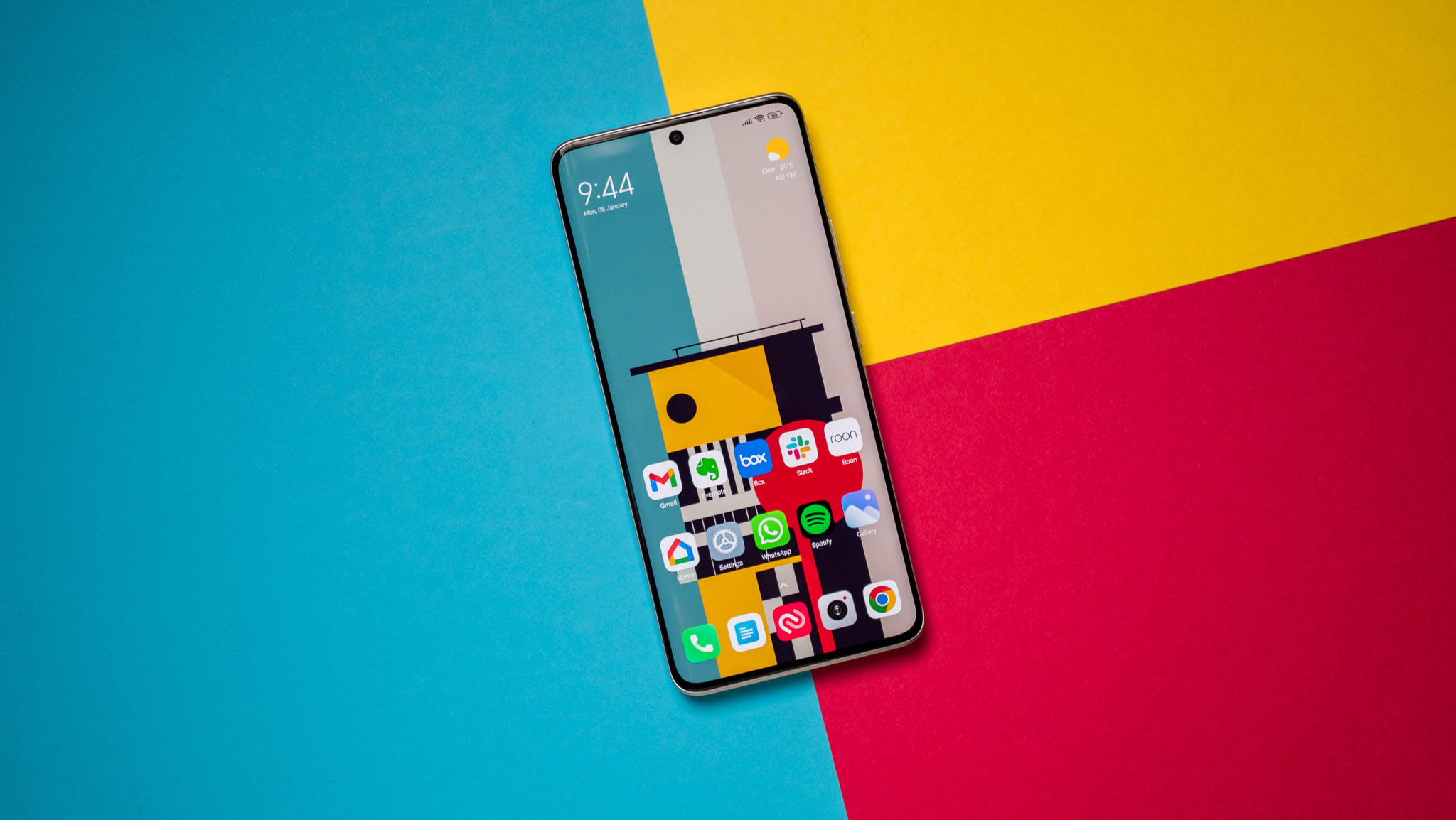
Xiaomi's Redmi Note portfolio used to be synonymous with value; this is the series that set up the brand as a major global player. Although earlier models in the series were aimed at the budget segment, Xiaomi changed course last year, pushing the series up to the mid-range. In my Redmi Note 12 Pro+ review, I said Xiaomi's priorities were misguided; instead of trying to focus on the value, Xiaomi chased after the likes of the Galaxy A54 and Pixel 6a, ultimately resulting in a device that wasn't as good an all-rounder as either of those phones.
A year on, not much has changed. The Redmi Note 13 Pro+ has a lot of similarities to its predecessor, and software annoyances continue to remain — the device is launching in January 2024 with Android 13 out of the box, and while Xiaomi introduced an overhauled HyperOS, you still get MIUI 14 here. Annoyingly, the same auxiliary cameras are back for another year, and they're just as meaningless this time around.
That said, there are a few decent changes — the phone gets an in-screen sensor, a curved AMOLED screen at a time when other brands are switching to flat panels, and IP68 dust and water resistance. Predictably, the Redmi Note 13 Pro+ costs more than last year, so you're getting even less value. The whole point of the Redmi Note series over the last decade was to deliver the best value in the budget segment, but that's a distant memory now; Xiaomi is instead chasing loftier goals with the device, so let's see if it can hold its own against the best mid-range phones.
Redmi Note 13 Pro+: Price and release date
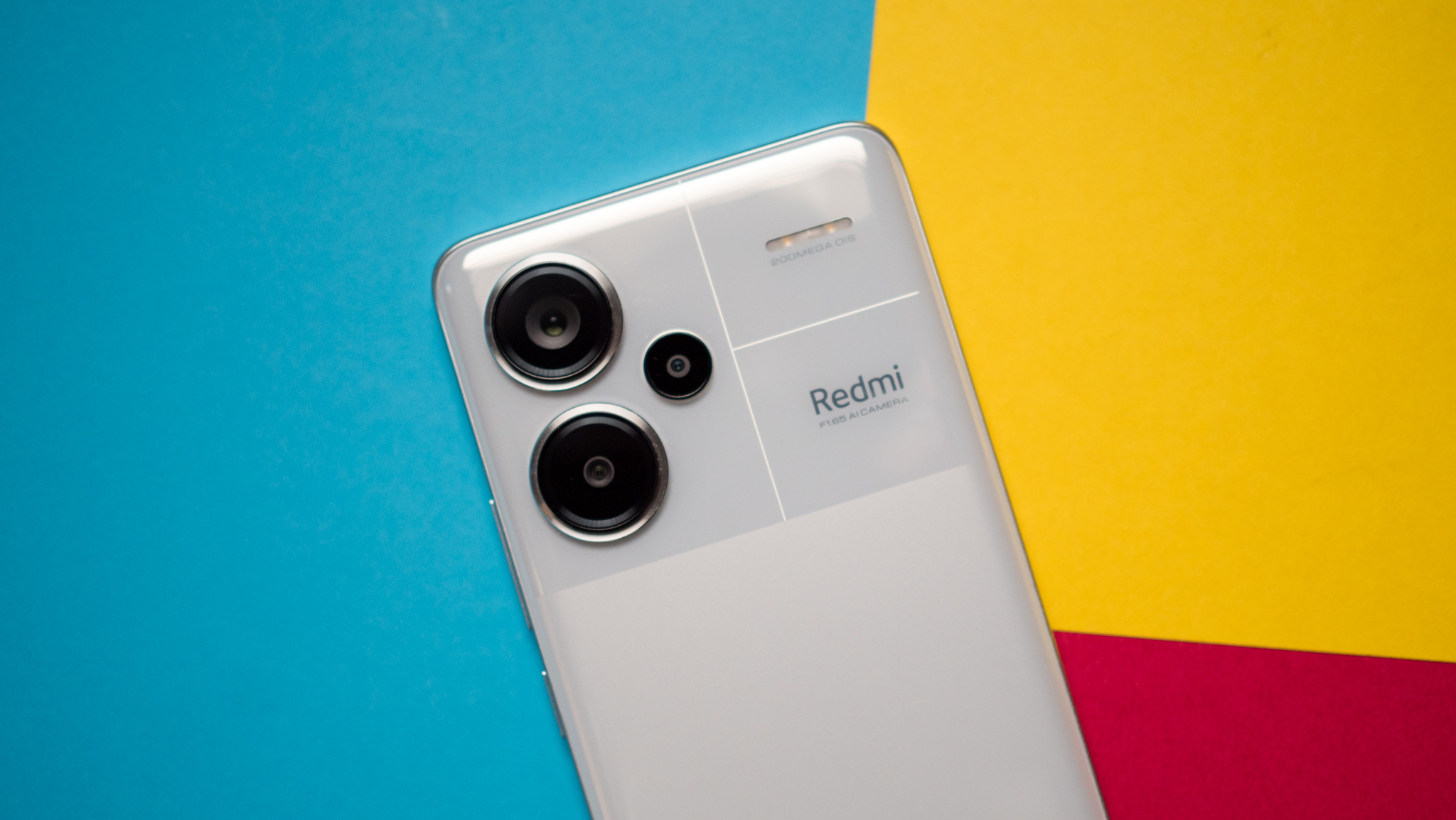
Xiaomi unveiled the Redmi Note 13 series in its home market at the end of 2023, with the devices making their global debut in India on January 4, 2024. Like last year, the Redmi Note 13 Pro+ is the marquee offering, and you get a 200MP main camera, MediaTek Dimensity 7200 Ultra, and a 5000mAh battery with 120W charging.
The Note 13 Pro+ starts off at ₹31,999 ($385) for the 8GB/256GB version, and there's a 12GB/256GB model that costs ₹33,999 ($409) and a 12GB/512GB edition that's ₹35,999 ($433). To put things into context, the Note 13 Pro+ costs ₹2,000 more than its predecessor, putting the device firmly in the mid-range segment.
There's also a Redmi Note 13 Pro that's powered by a Snapdragon 7s Gen 2, and this year, it has the same 200MP camera at the back. You also get a slightly larger 5100mAh battery with 67W charging, and the device costs ₹25,999 ($313) for the 8GB/128GB verison. The 8GB/256GB model retails at ₹27,999 ($337), and the 12GB/256GB edition is ₹29,999 ($361). The Note 13 Pro is ₹1,000 more than last year, but considering you get better hardware, it is the best offering in the series, and the one I'd recommend if you want to switch.
And we come to the standard Redmi Note 13. Xiaomi really needs to branch this device out into its own series, because it doesn't have a lot of similarities to the other two models other than the design. It has a Dimensity 6080, a 120Hz AMOLED panel that isn't as bright as the other two versions, and a 108MP camera at the back along with a 5000mAh battery with 33W charging. The Redmi Note 13 is ₹17,999 ($217) for the 6GB/128GB version, and it costs the same as last year while offering more memory. The 8GB/256GB model is ₹19,999 ($241), and the 12GB/256GB version is ₹21,999 ($265).
Redmi Note 13 Pro+: Design
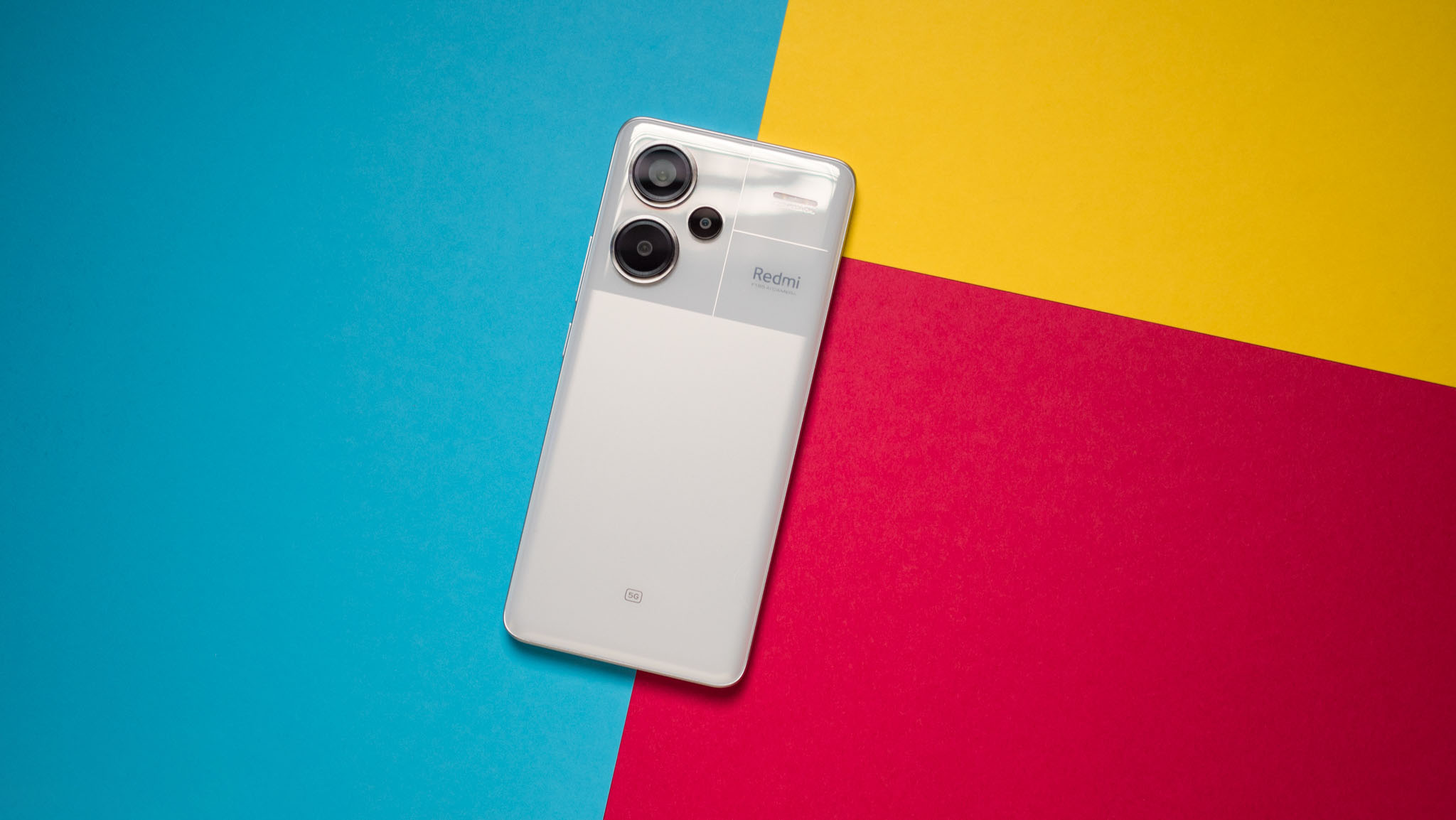
At this point, I'd be astonished if Xiaomi didn't change the design of its phones on a yearly basis. The Redmi Note 13 Pro+ has a different design at the back where you get large rings around the individual camera modules, and there's no island this time. This makes the device look a little cleaner, and the white version looks elegant.
The phone is available in white and black color options, and both models have a glass back with a window that covers the camera section and a frosted glass design at the back. While I would have liked a two-tone texture to better illustrate the design, you just get the same satin texture throughout.
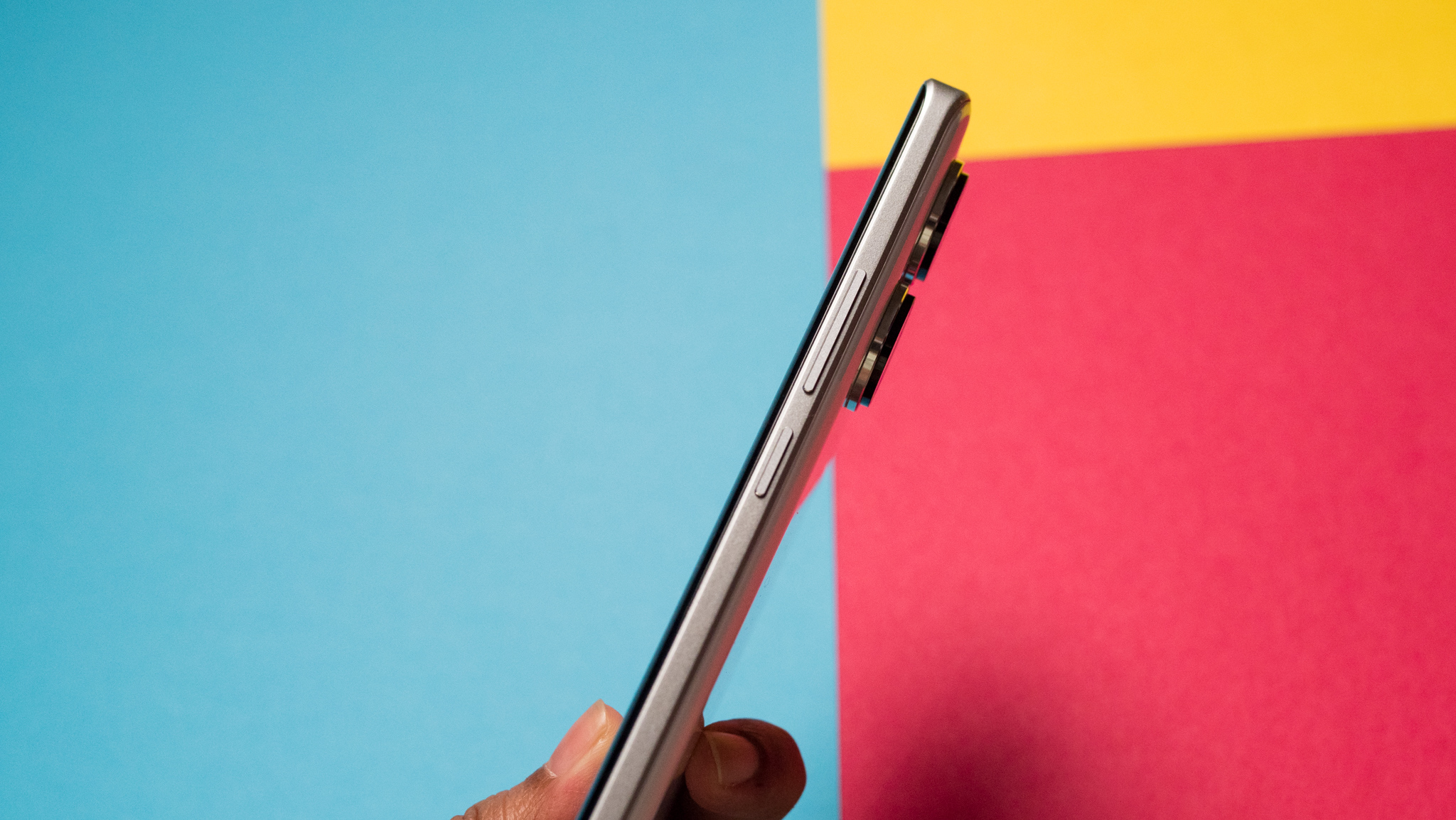
There's also a leather variant that looks much more interesting, and if you're eyeing the device, I'd suggest getting that model. A big difference this year is a 3D curved screen up front, and as a result you get symmetric curves at the front and back. More than anything else, this makes the Redmi Note 13 Pro+ look a lot more upmarket than its predecessors, and this design is exclusive to the Pro+ model — the Note 13 Pro has a flat panel.
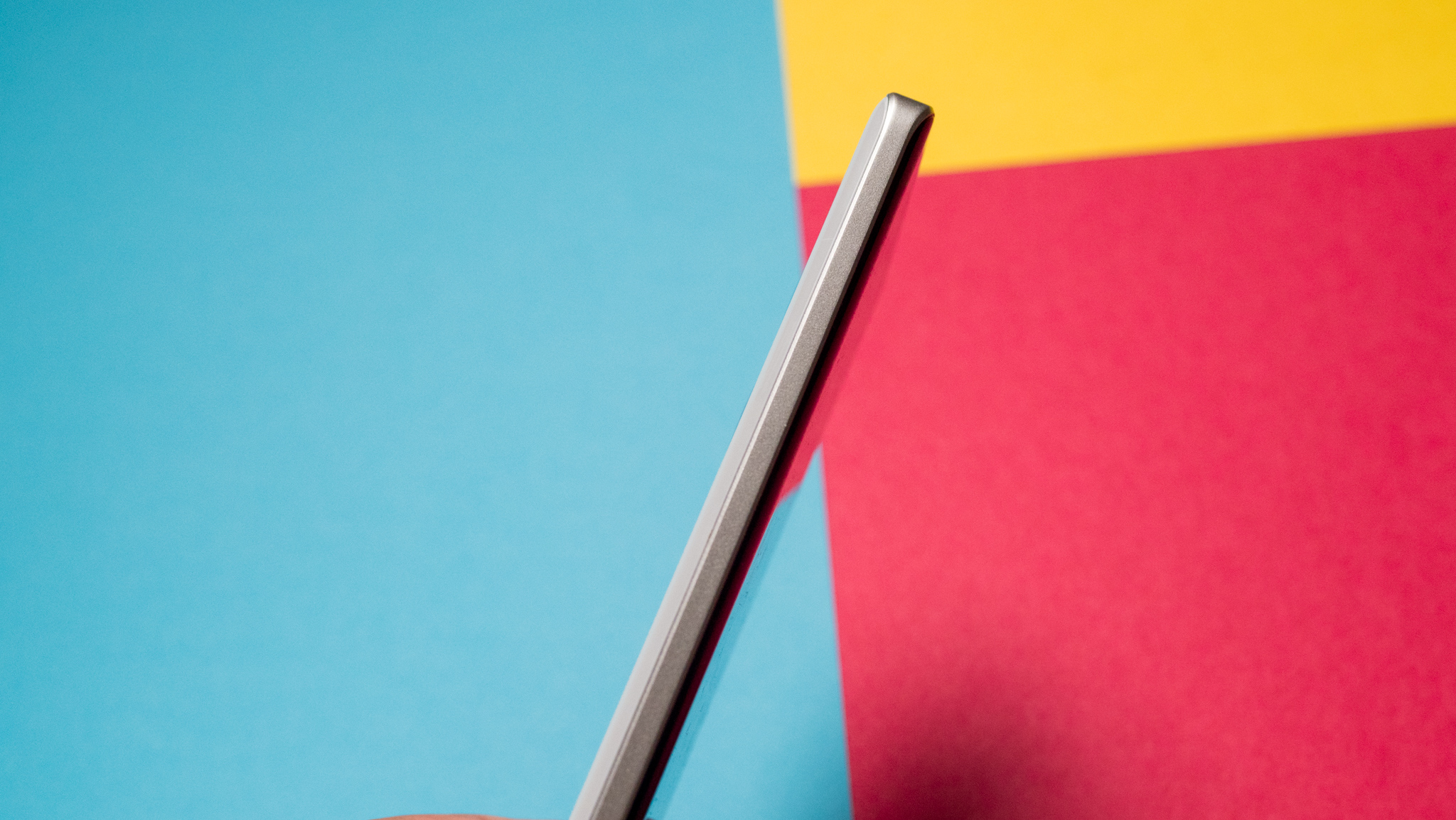
There's an aluminum mid-frame with a matte finish, and there's enough thickness on the sides to hold the device without any issues. Xiaomi says it reinforced the edges of the mid-frame to allow the device better resistance against tumbles, and I wasn't able to test its efficacy in the week I used the device. On that note, the screen is protected by a layer of Gorilla Glass Victus this time, so it should have better shatter resistance.
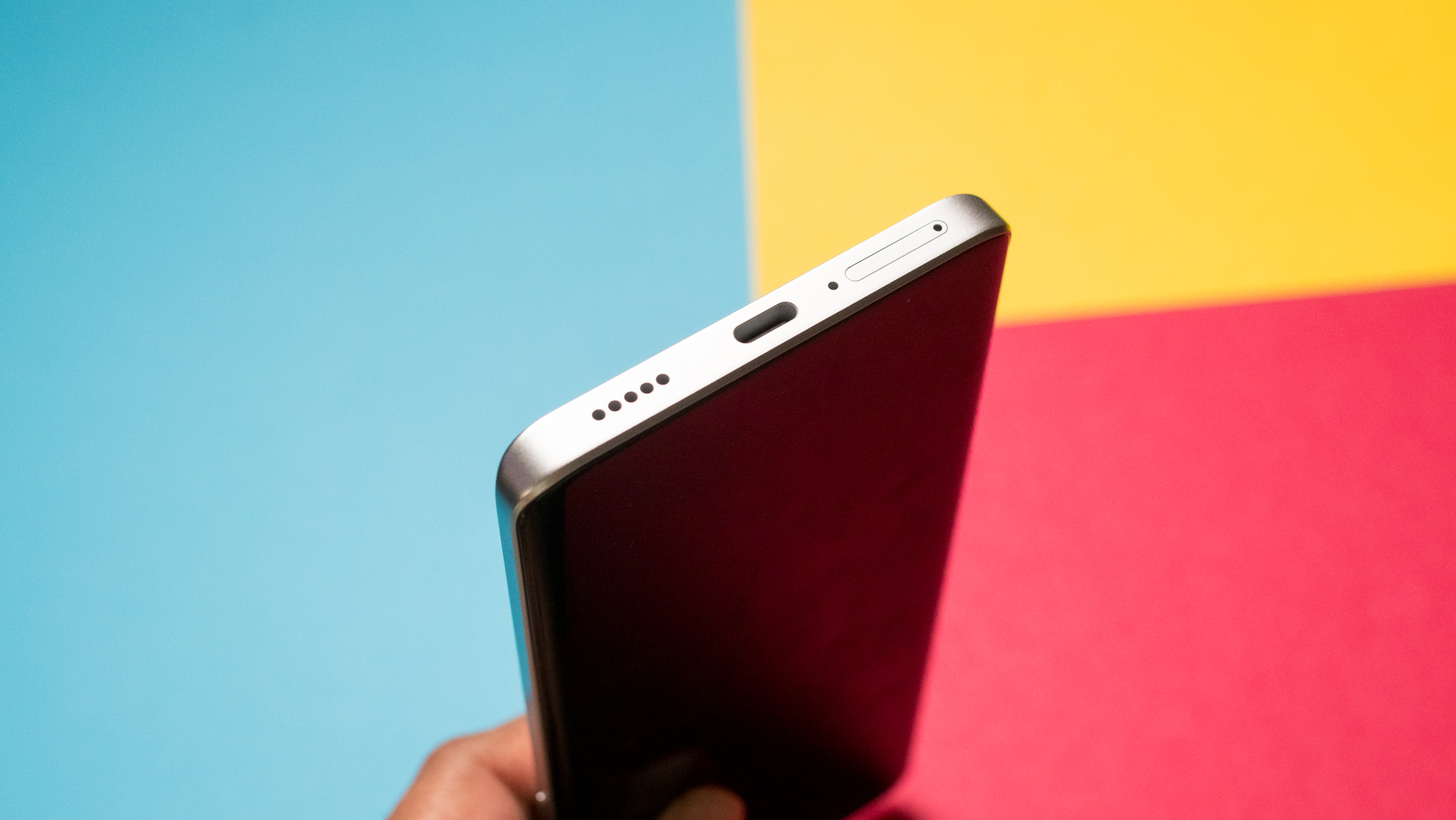
What's particularly great is that the Redmi Note 13 Pro+ gets IP68 dust and water resistance as standard — similar to other devices in the mid-range segment. Xiaomi added IP53 rating last year, so it's good to see the brand offer full-fledged IP68 with the Note 13 Pro+, and it makes the device resilient to the elements.
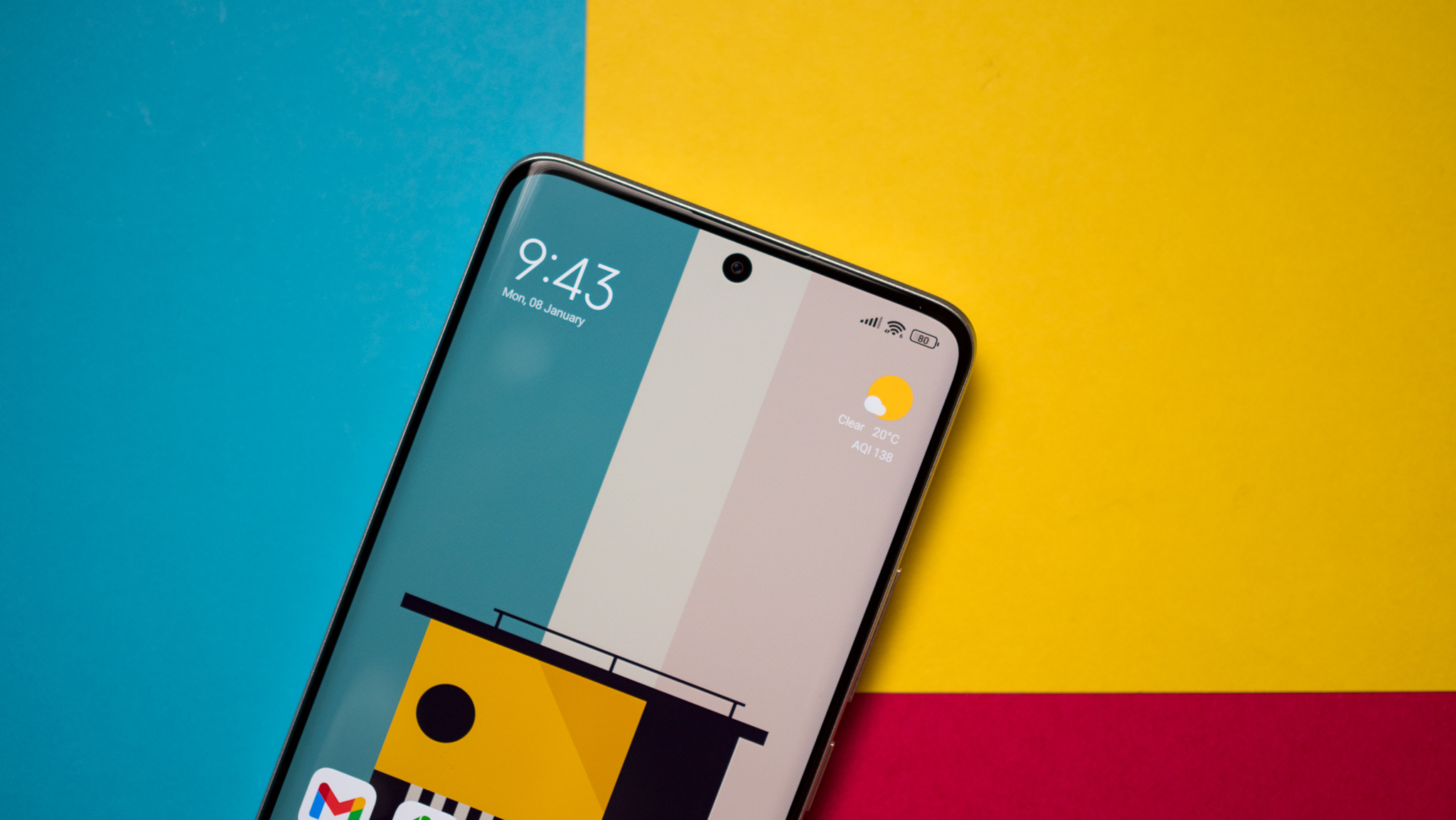
The change that I like the most is the inclusion of an in-display fingerprint module; Xiaomi offered a side-mounted reader baked into the power button last year, so to have an optical fingerprint module that's built into the panel is a good move. The sensor itself is fast to authenticate and reliable, and I didn't run into any issues in this area. The only annoyance is that it sits low on the screen — just like the Vivo X100 Pro and iQOO 12 — so you have to awkwardly move your thumb when trying to unlock the phone one-handed.
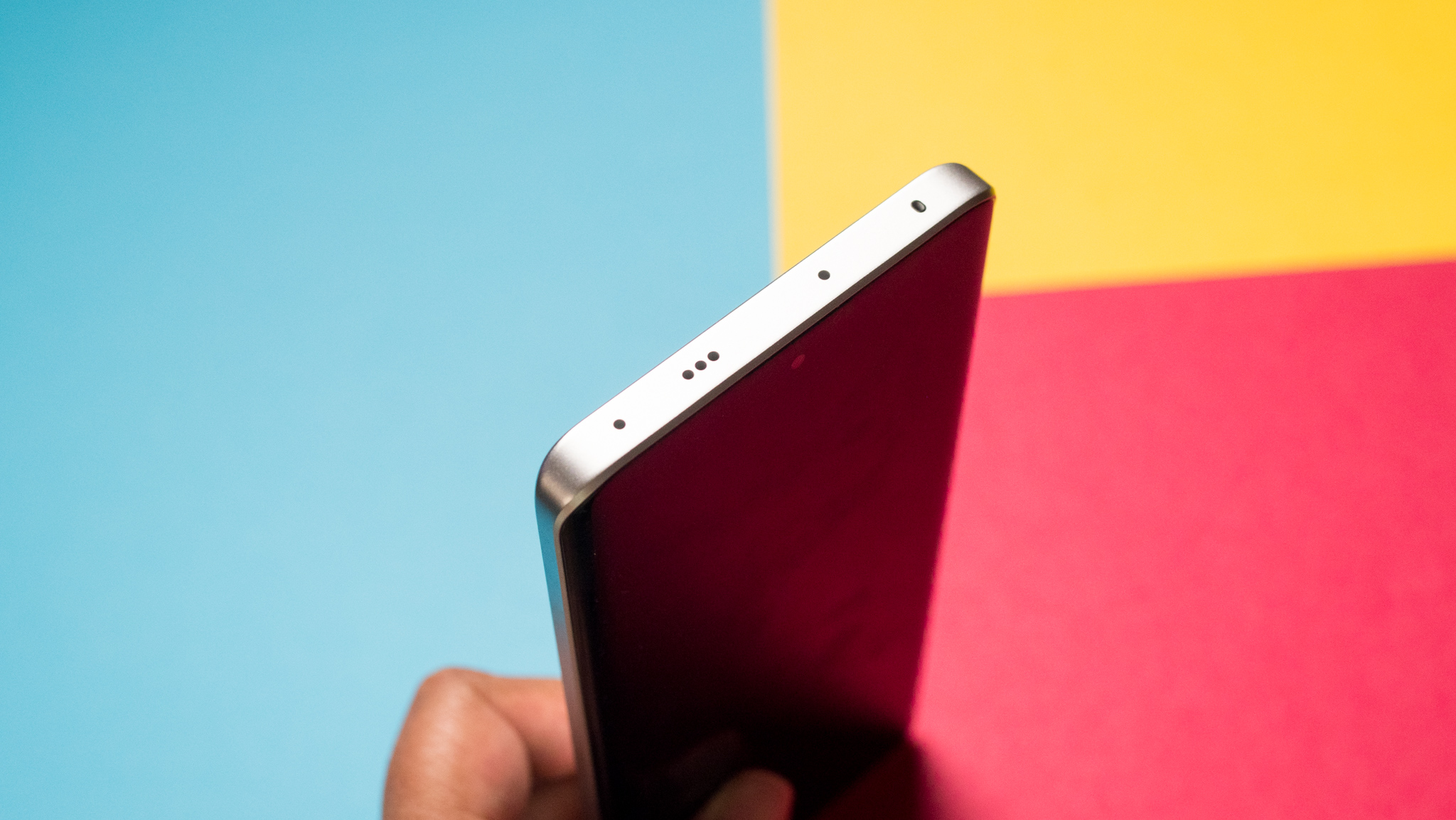
The only downside to the design is that it is prone to smudging, so you'll ideally need to use the phone with a case. Another point for getting a good case is that the phone wobbles a lot when used on a table thanks to the camera modules that jut out of the chassis. Otherwise, the Redmi Note 13 Pro+ ticks all the right boxes; it has a premium design that looks great, and it is one of the best-looking mid-range phones available today.
Redmi Note 13 Pro+: Display
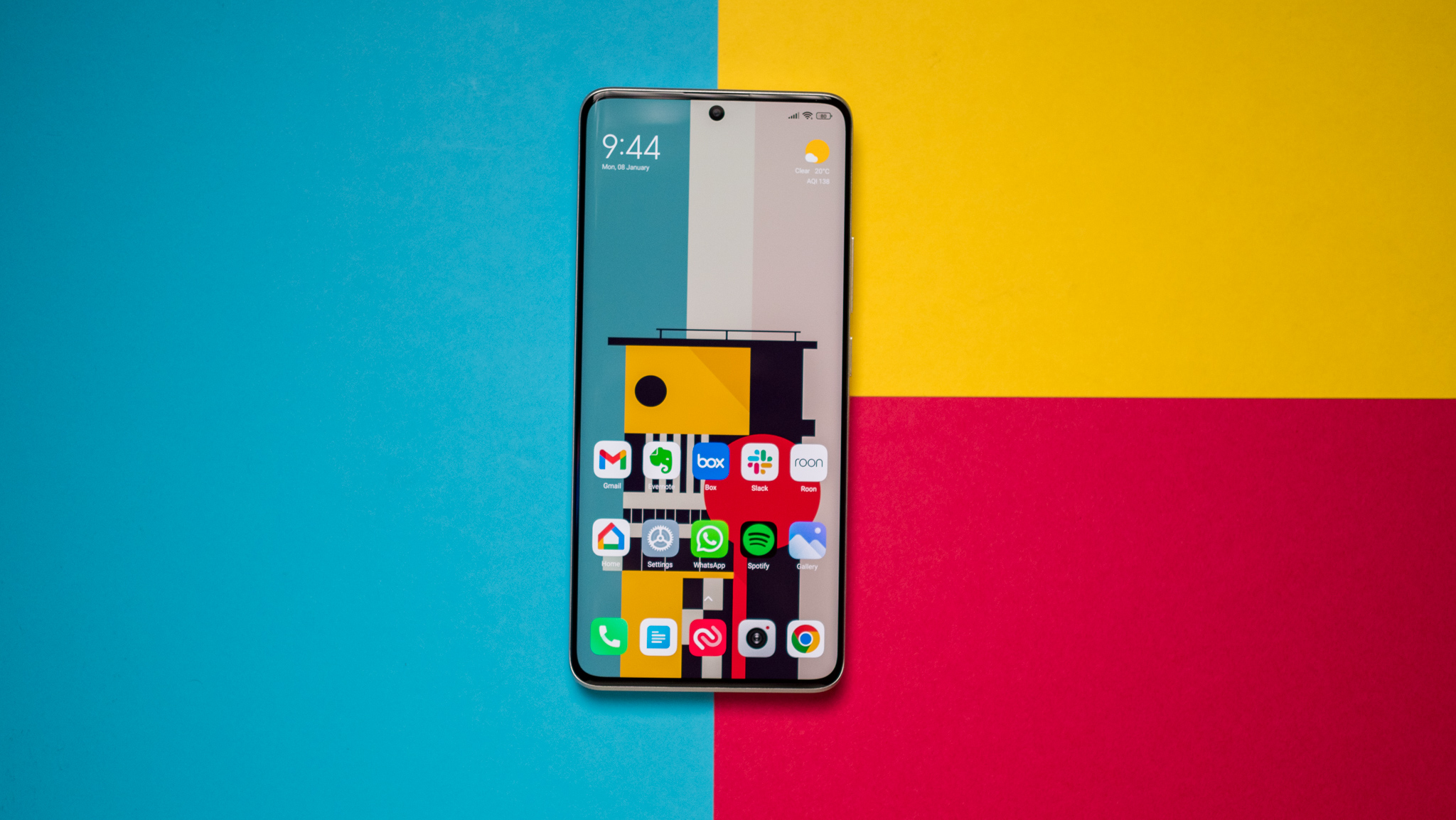
Xiaomi made a lot of changes in this area, and while you still get the same 6.67-inch size, that's the only similarity to last year's device. The panel is significantly brighter — going up to 1,800 nits in HDR content — and it does a much better job outdoors as well. You also get a higher resolution, with the panel now offering 2712 x 1220 and a pixel density of 446ppi.
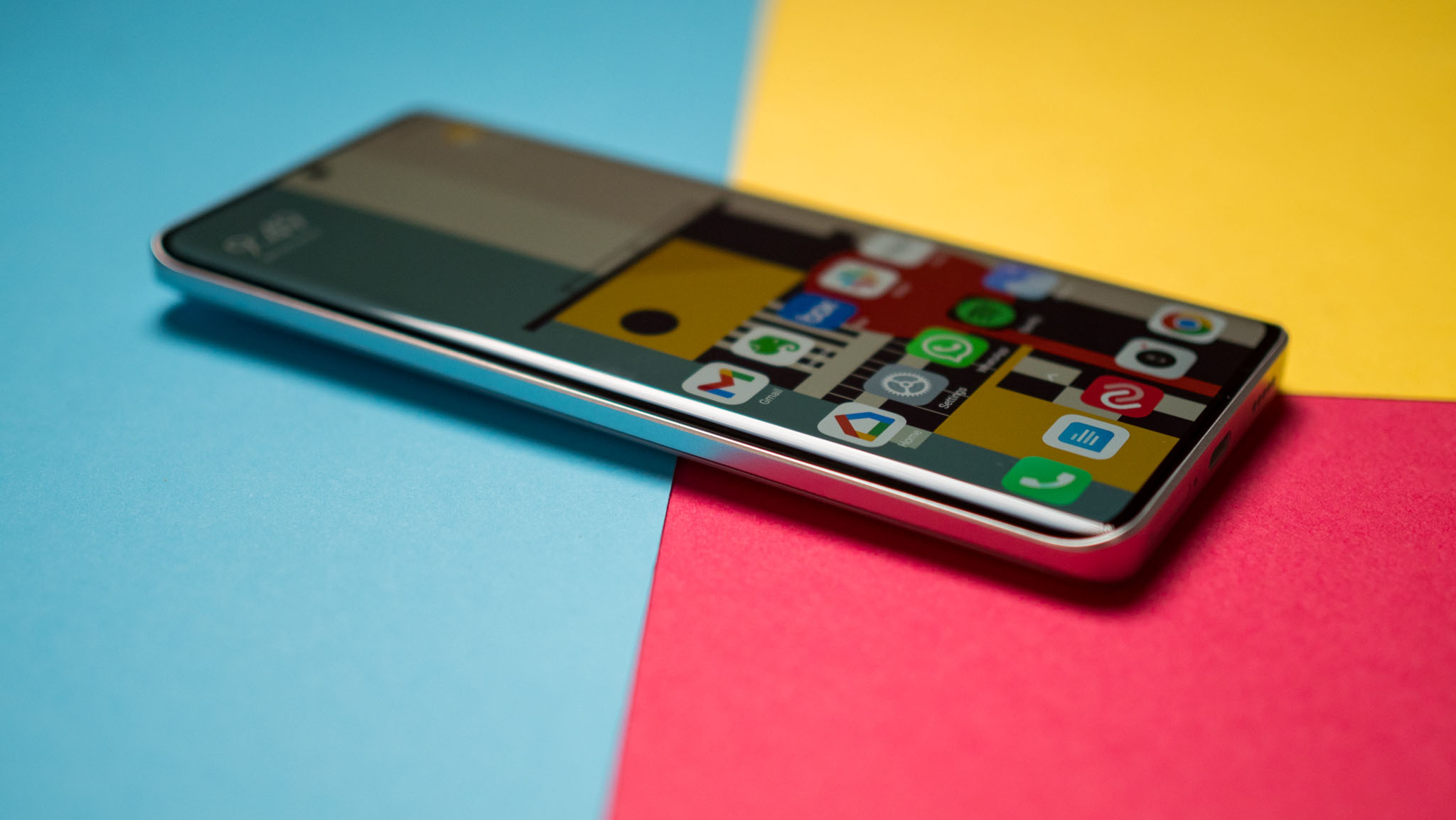
But the biggest change is the way the screen is designed; you now get a dual curved panel with a 25-degree curvature, and that makes things very interesting. I like using phones with curved screens, so I didn't mind the Redmi Note 13 Pro+ at all; there's still more than enough room to hold the device, and the curved sides make navigating the interface easier.
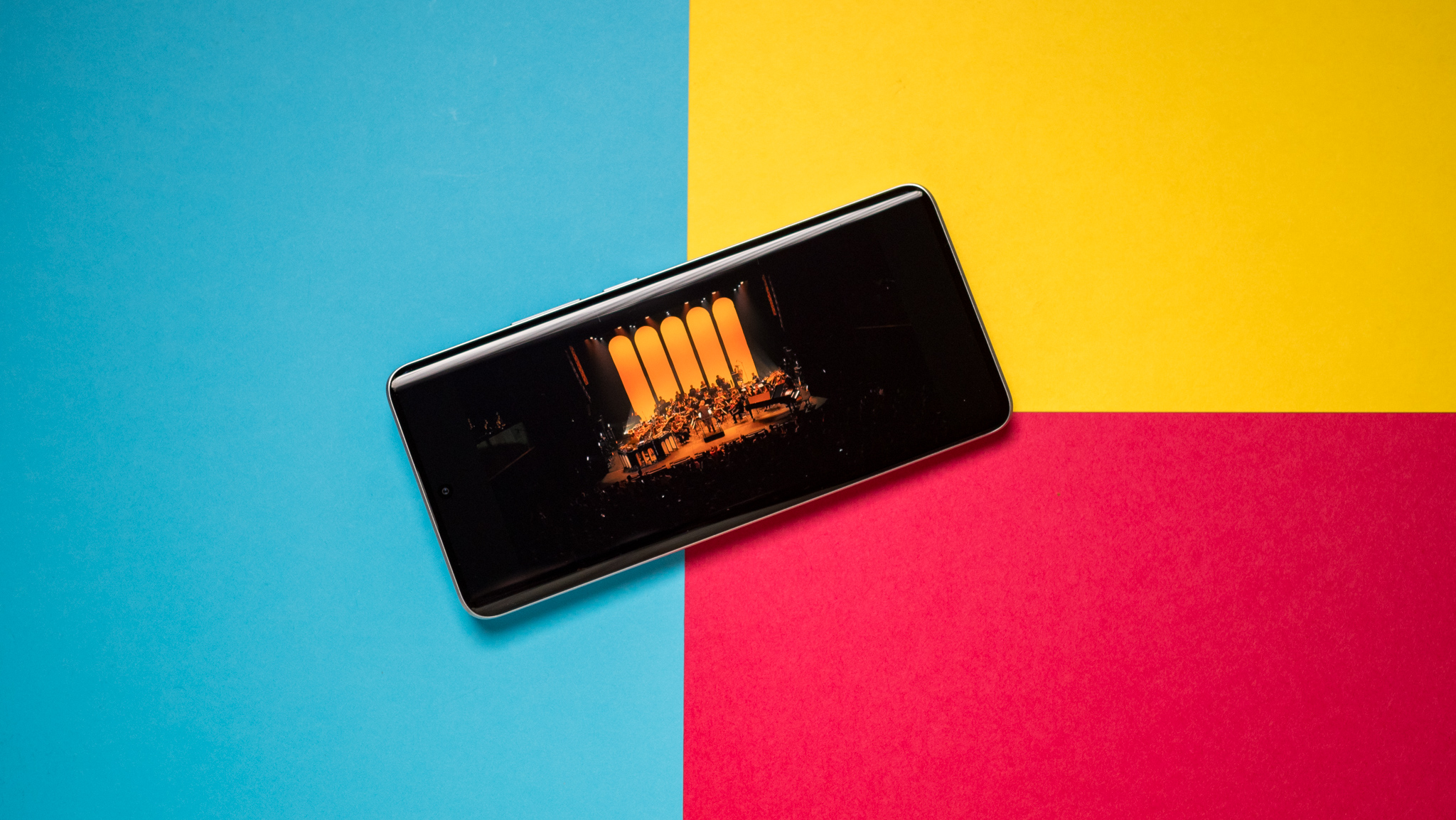
Color vibrancy is great, and you get the ability to tweak the color balance to your liking. You get the usual set of features, including an always-on mode that lets you set up unique styles, and a dedicated reading mode. Like every other Xiaomi phone, the Redmi Note 13 Pro+ is set to 60Hz out of the box, so you'll have to go into the settings to switch to 120Hz.
Streaming content looks particularly good on the Note 13 Pro+ (it has Widevine L1), and you get decent stereo sound. The bezels are thinner than last year, and the curved panel makes the Note 13 Pro+ that much more immersive when playing games or streaming content on the device. The screen is easier on the eyes as well thanks to 1,920Hz PWM dimming, and this is an area where Xiaomi and other Chinese brands in general are doing all the right things.
Redmi Note 13 Pro+: Performance and battery
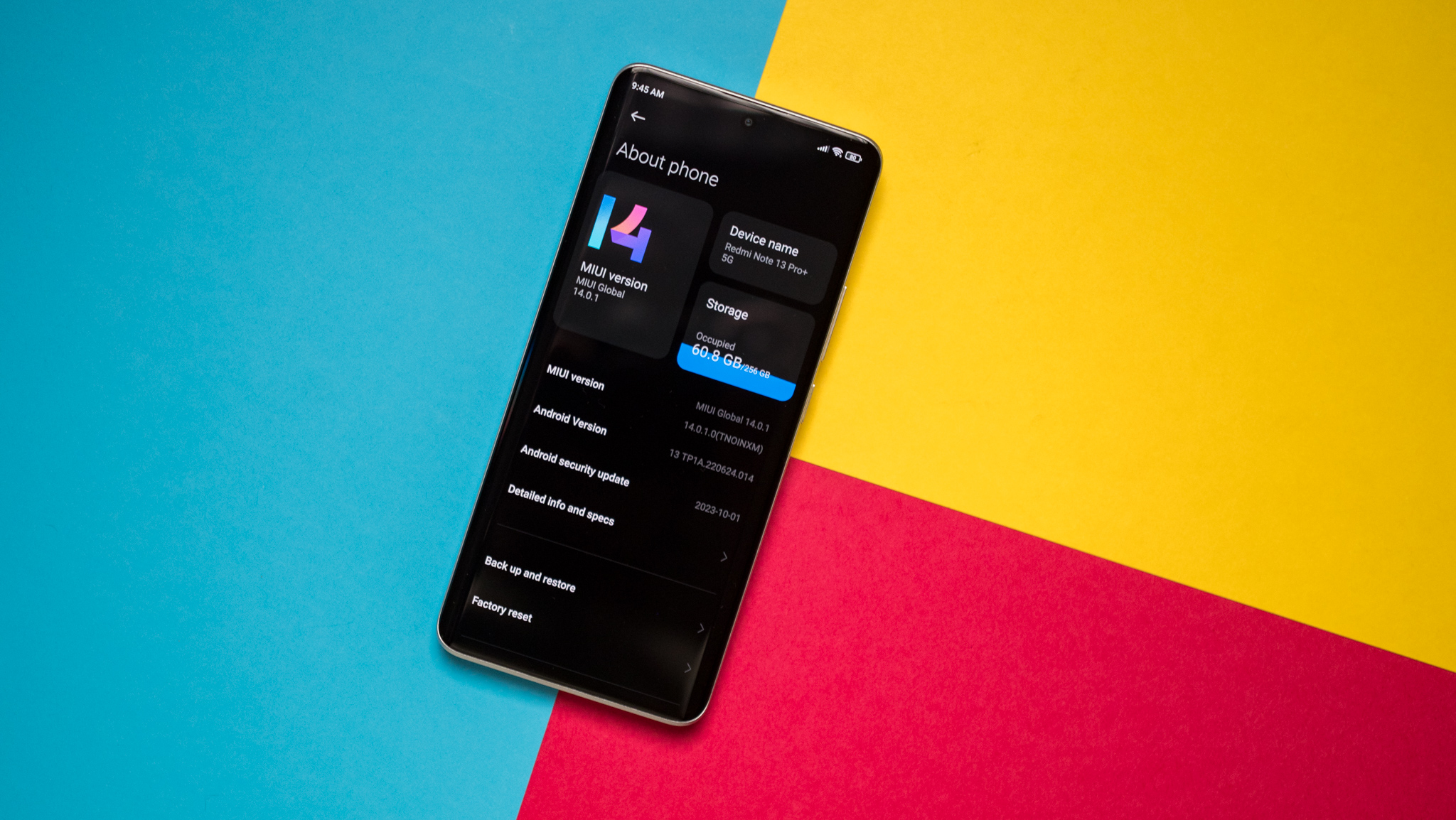
Recent Redmi Note devices weren't exactly great at gaming, with Xiaomi instead prioritizing daily use. That was to do with the outdated hardware; the Redmi Note 12 Pro+ came with a Dimensity 1080, which was a rebadged version of the Dimensity 920 that was on the Note 11 Pro+.
Clearly, an overhaul was necessary, and thankfully, Xiaomi is offering hardware upgrades this time around. The Note 13 Pro+ is powered by the Dimensity 7200 Ultra, and it is built on a 4nm node, delivering much better efficiency figures. It also has a combination of the Arm v9 Cortex A715 and A510 cores, and a Mali-G610 with four shader cores.
The difference is immediately noticeable, and the Note 13 Pro+ is much better at handling intensive games. It's also great at multi-tasking, and I didn't see any slowdowns in the week I used the device. Xiaomi doesn't allow 3DMark and CrossMark to run on its devices, so I'm not able to share stability scores, but in real-world testing, I noticed the Dimensity 7200 throttling after about 15 minutes of use, but it still offered playable framerates. The phone gets warm during gaming sessions, but not uncomfortably so.
After using outdated storage modules in the last two releases, Xiaomi is offering UFS 3.1 storage modules on the Note 13 Pro+, and that's good to see. There's Wi-Fi 6, Bluetooth 5.3, and NFC, and you get a decent vibration motor that delivers good feedback. It isn't anywhere as detailed as the one on the Xiaomi 13 Ultra, but that's understandable.

The Redmi Note 13 Pro+ has the same 5000mAh battery as last year, and you get the same 120W charging tech. Thanks to the more efficient Dimensity 7200, the phone manages to last a little longer in daily use, and you easily get over a day's worth of power out of a full charge. Even with heavy use, you don't have to worry about the battery running out before the end of the day.
The bundled 120W charger takes just over 24 minutes to charge the battery, and like previous years, you'll need to go into the phone settings to enable Boost charging mode to unlock the device's potential. The phone hits 50% after charging for just eight minutes, going up to 80% at the 15-minute mark.
Redmi Note 13 Pro+: Cameras
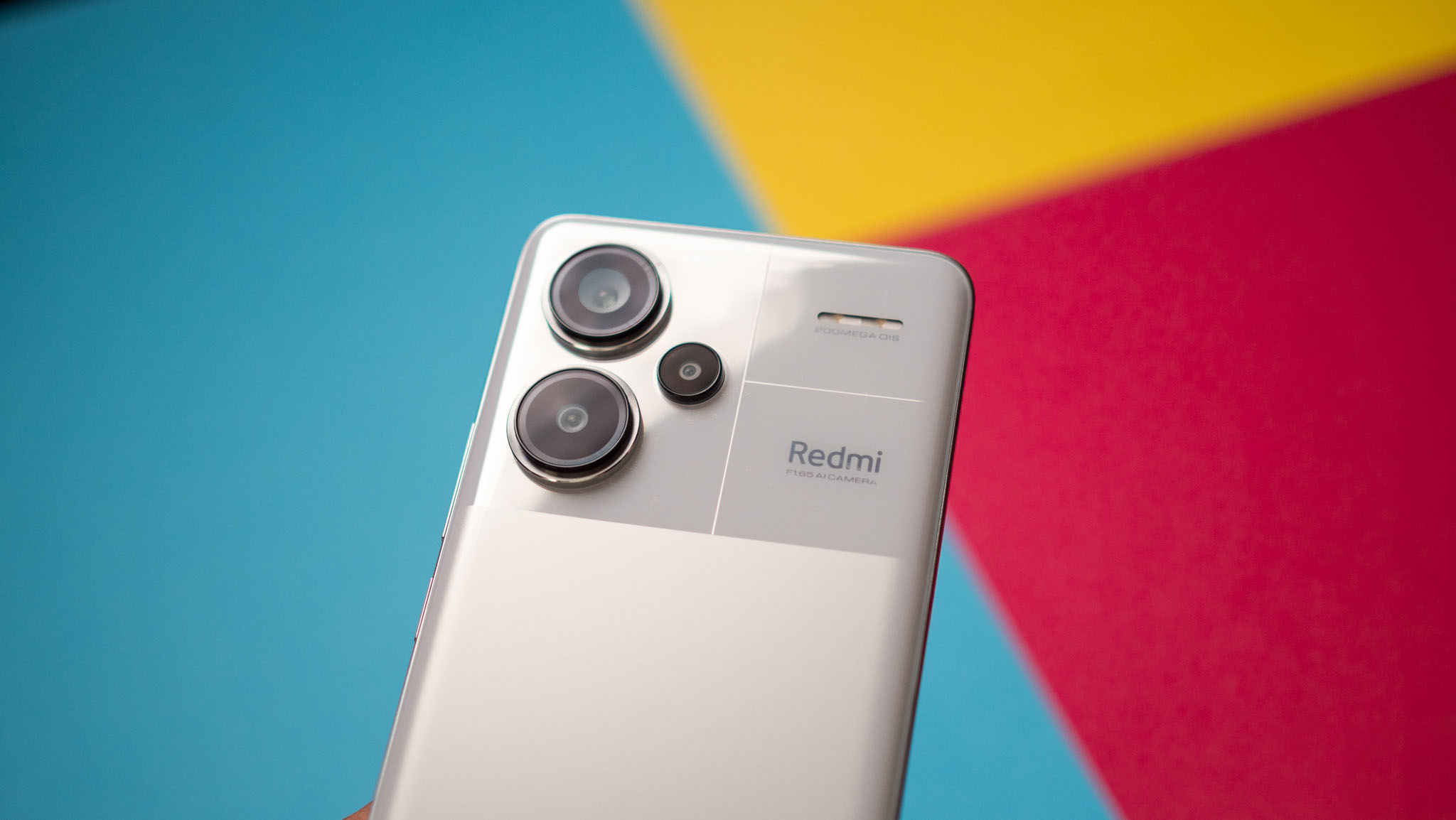
Xiaomi is using a 200MP camera on the back of the Redmi Note 13 Pro+, and this time, we get Samsung's HP3 module with an f/1.65 lens and 1/1.4-inch sensor size. The biggest annoyance is what Xiaomi hasn't changed in this area; the same issues that plagued the Note 12 Pro+ are back here. There's no ability to shoot 4K video at 60fps, and that's ridiculous on a device that costs this much.
The auxiliary cameras are the same as well, and you get a 8MP wide-angle lens that's good enough in daylight situations, and a 2MP macro that's just about the most ineffectual sensor ever used on a phone. The fact that Xiaomi continues to offer this module year after year should tell you volumes about how much feedback it actually listens to these days.
The camera interface itself hasn't changed in a while, and you get all the shooting modes in a ribbon at the bottom. There's no zoom lens here, but you get up to 4x digital zoom, but that isn't worth the hassle most of the time.
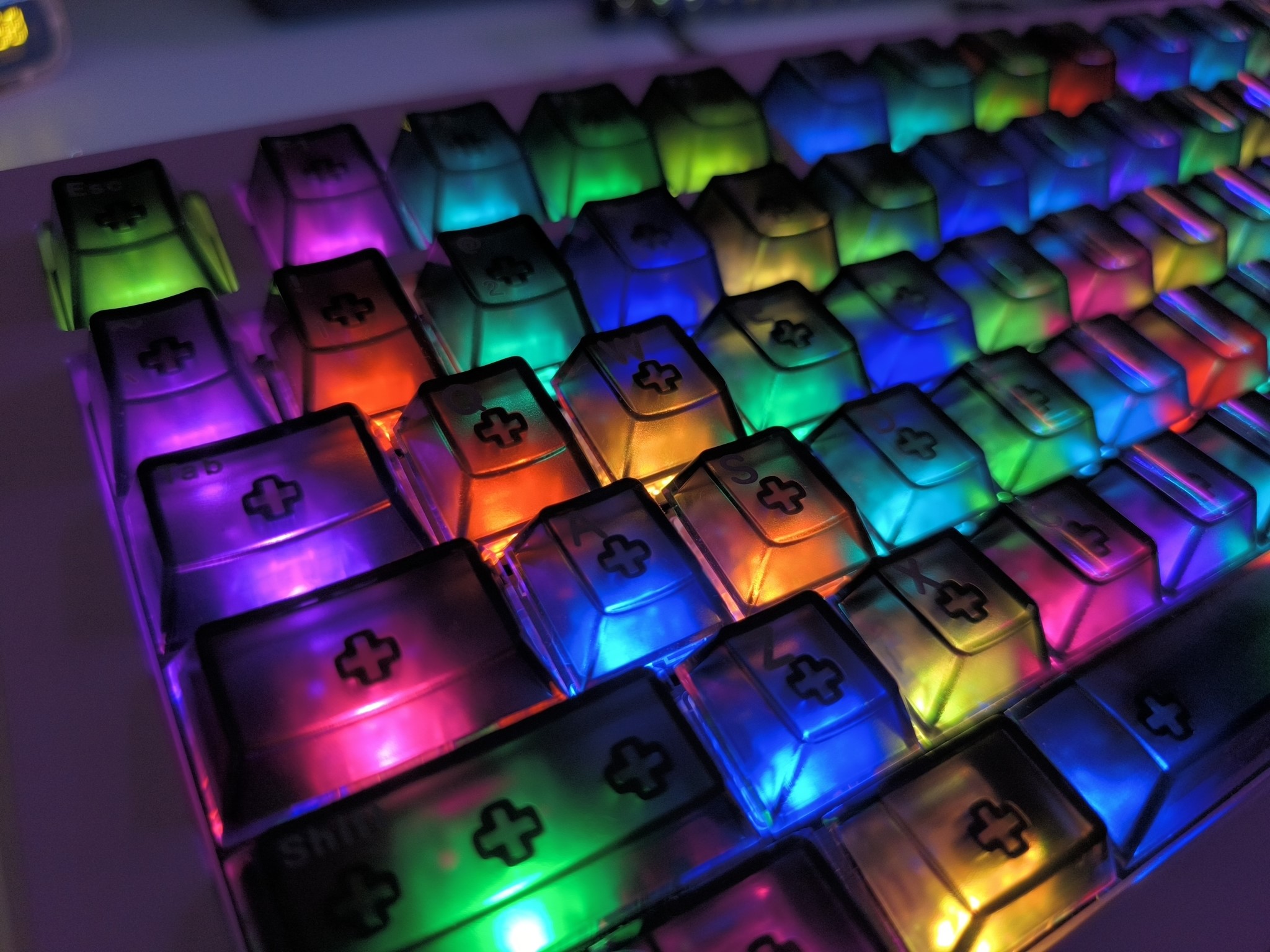
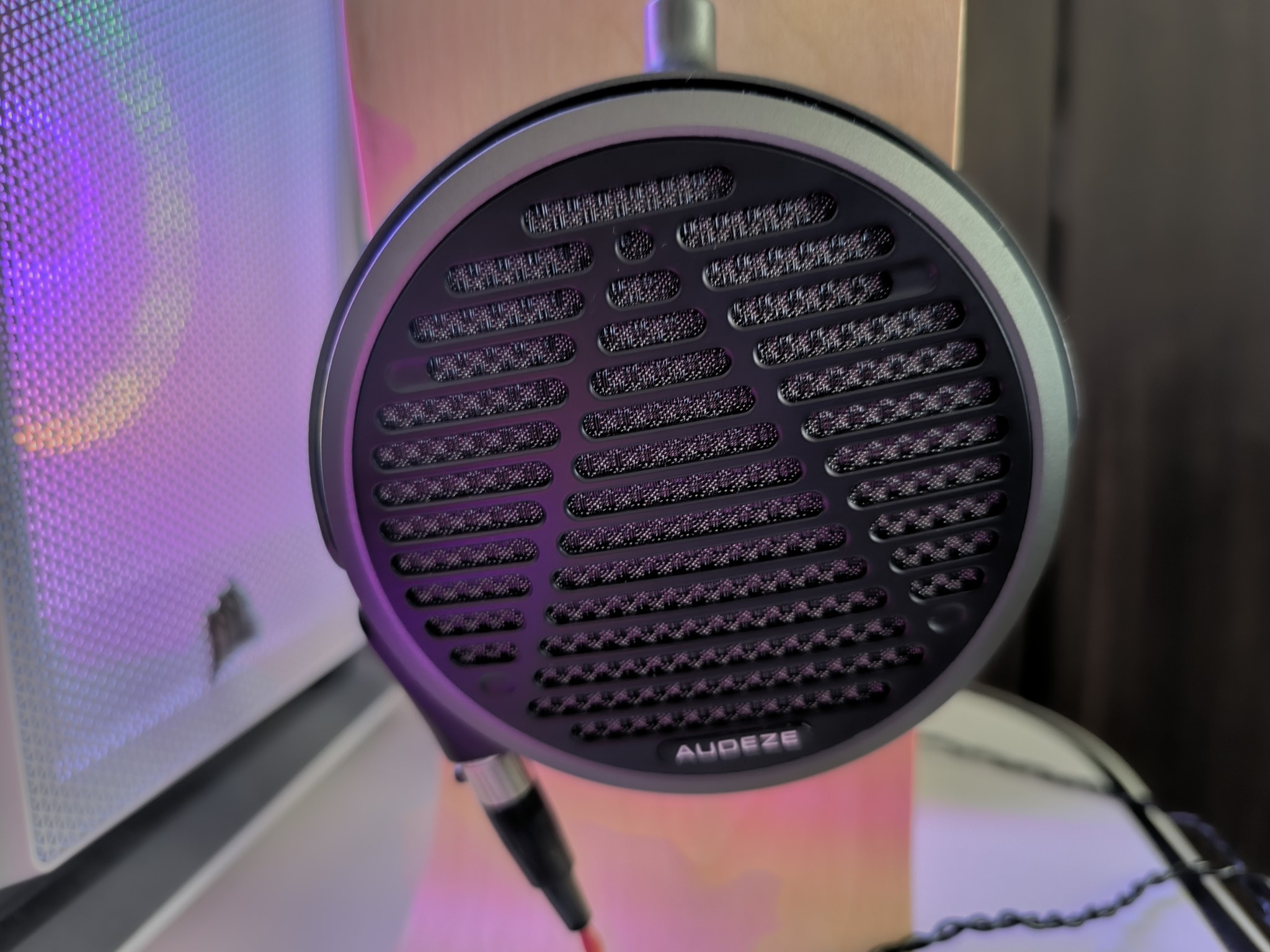

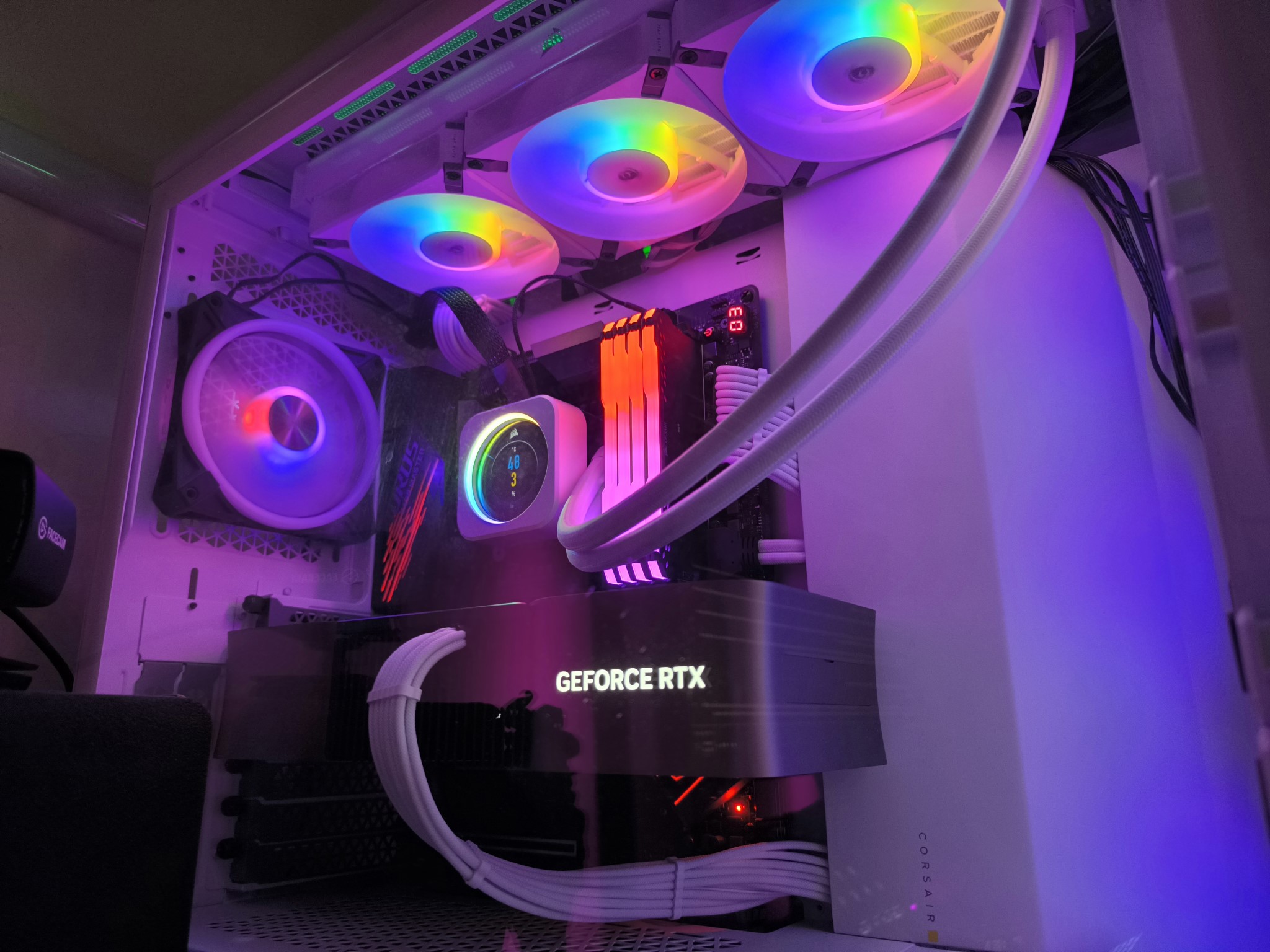

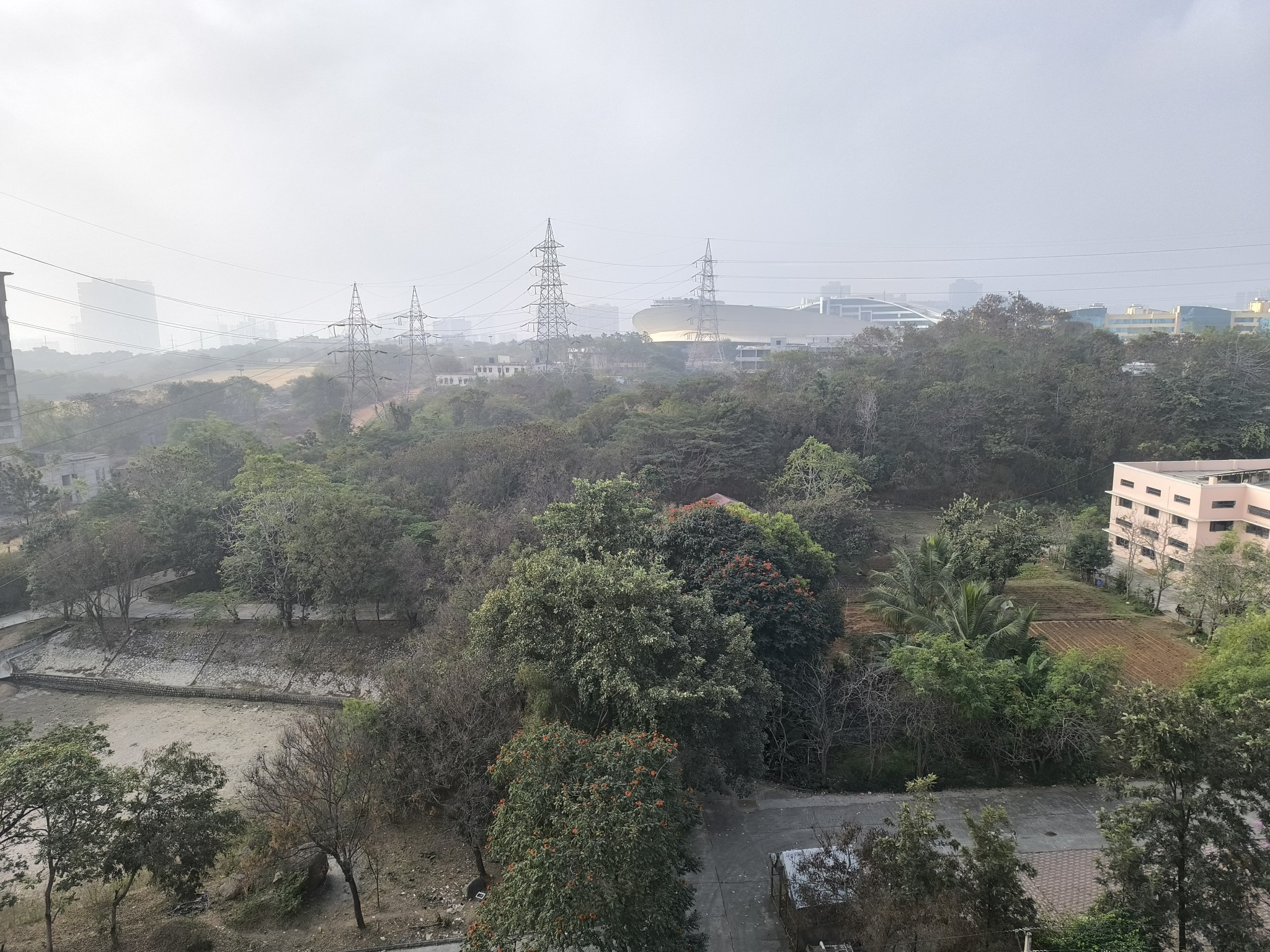
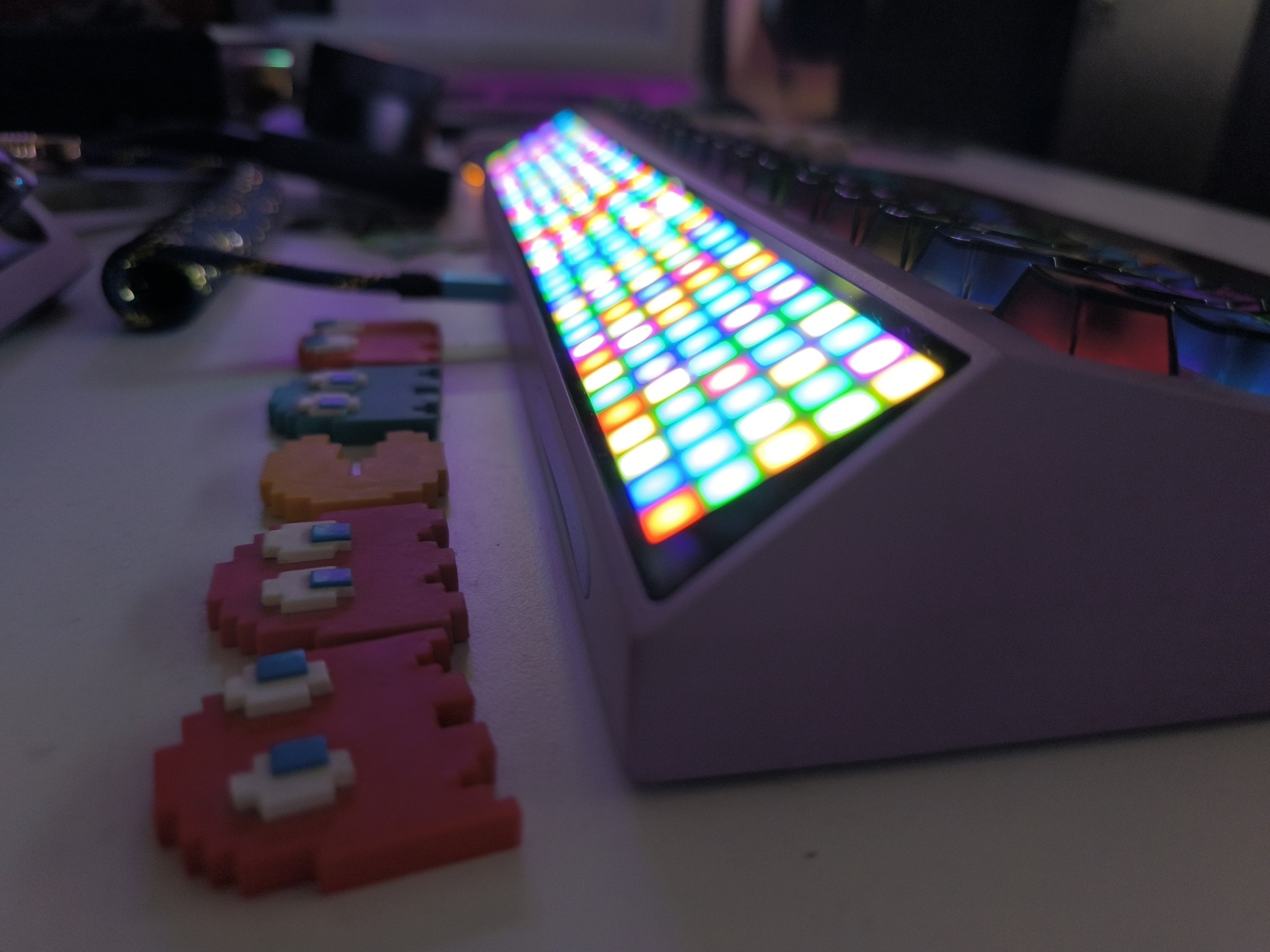
Daylight shots look really good, and the phone delivers great dynamic range and accurate colors that don't look too saturated. Like other devices that use the 200MP camera, images are binned to 12.5MP, and you get the ability to shoot 50MP shots, which have noticeably better detail. The phone does a decent job in low-light situations as well, offering good color rendition.
However, there are issues while focusing in on a subject, and there's visible noise — the Night mode delivers cleaner shots in challenging scenarios, but you'll need to put in a little effort. Honestly, not much has changed from last year, and while you get slightly better colors, the camera doesn't come close to the brilliance of the Pixel 7a or even the Nothing Phone (2).
The 8MP wide-angle module takes decent shots provided the lighting is good, but you can easily make out inconsistencies when you zoom in, and the color balance is a little off. It doesn't measure up in low-light situations, and the phone would have been better served by a higher-quality module.
Xiaomi should have focused its attention in this area, because as it stands, you won't be buying the Redmi Note 13 Pro+ because of its cameras.
Redmi Note 13 Pro+: Software
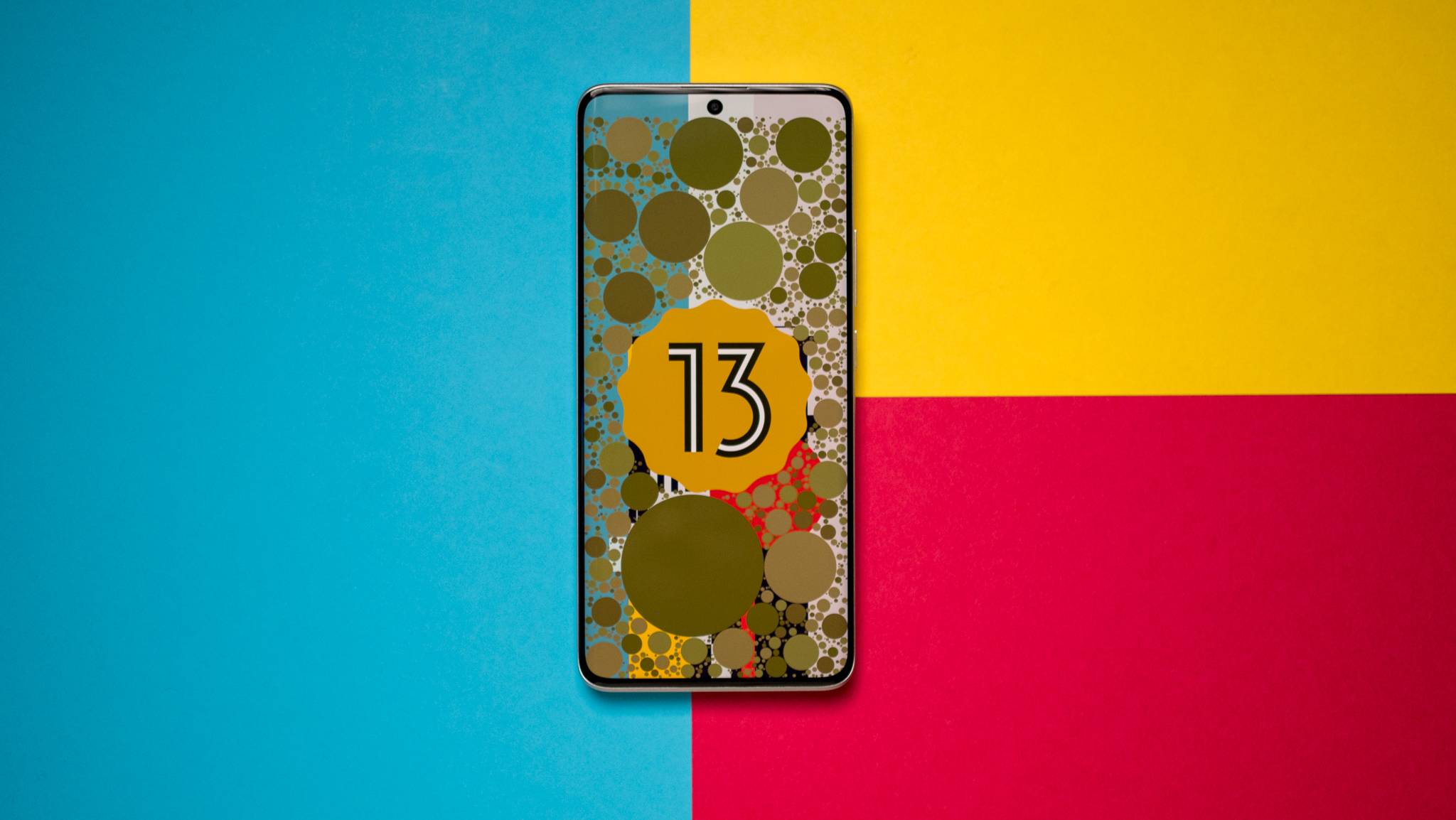
I'm going to keep this section relatively short, because there isn't much to talk about on the software side of things. The Redmi Note 13 Pro+ runs Android 13 out of the box, and you get the same MIUI 14 that's available on most Xiaomi devices today. Although Xiaomi unveiled HyperOS at the end of last year, you don't get the software on the brand's latest devices.
I just don't see why Xiaomi didn't offer HyperOS out of the box instead of MIUI. The official line is that HyperOS is still being tested, and Xiaomi wanted to work out the kinks, but that logic does not make sense when there are other devices in the Xiaomi portfolio launching with the new UI.
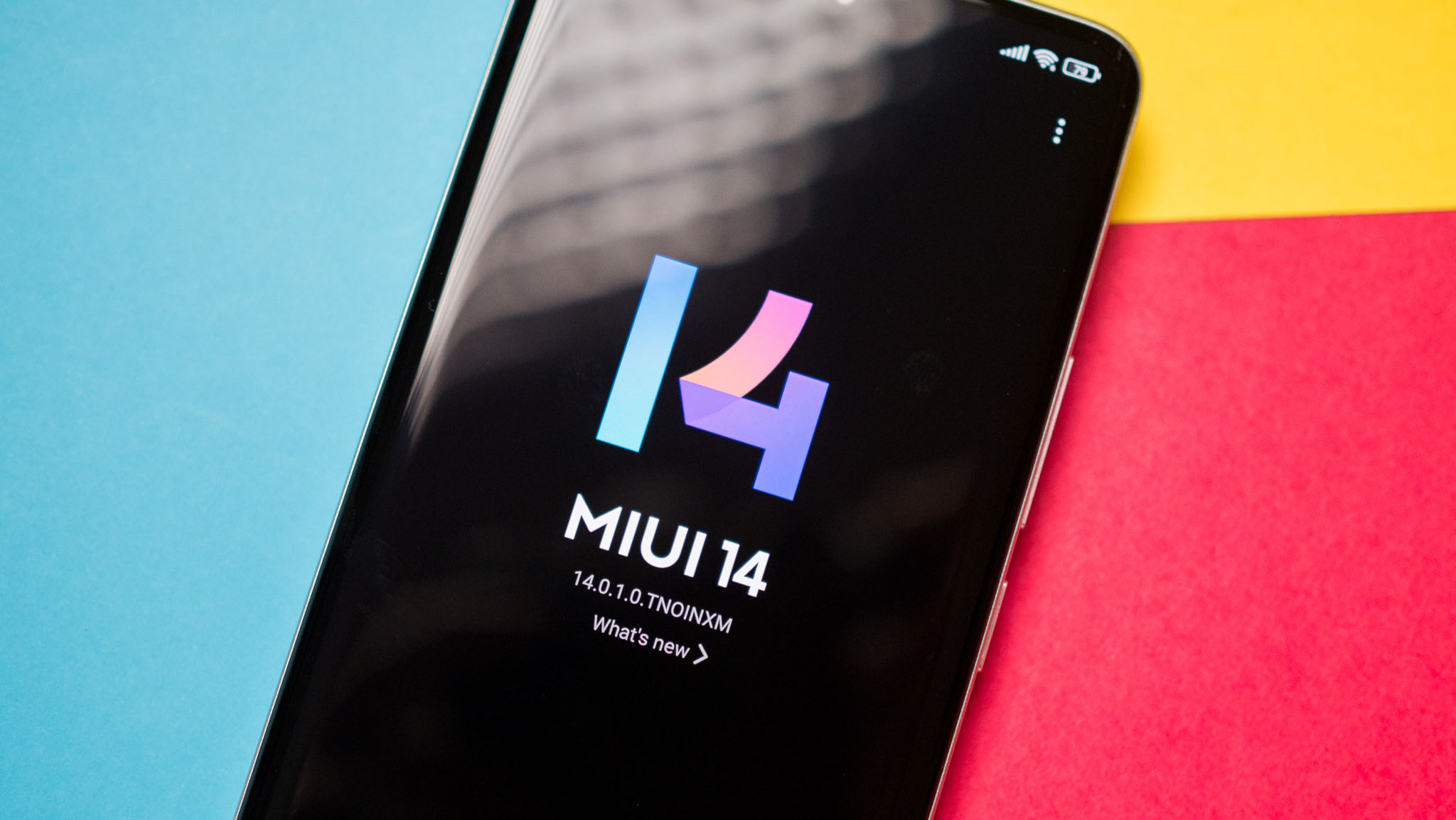
The best explanation is that Xiaomi does not want to offer Android 14 out of the box, as that would mean the brand needs to provide an additional year of software updates. This has been a longstanding point of contention, and while it was somewhat excusable in the past as these devices were aimed at the budget segment, there's no reason to do so now — particularly when they cost so much.
Because of Xiaomi's asinine policies, you get the same MIUI 14 build that you'll be familiar with if you've used a Xiaomi or POCO phone in the last 12 months. It has the same amount of bloatware out of the box, the same annoying memory management issues, and the same overt customization that makes it annoying to use.
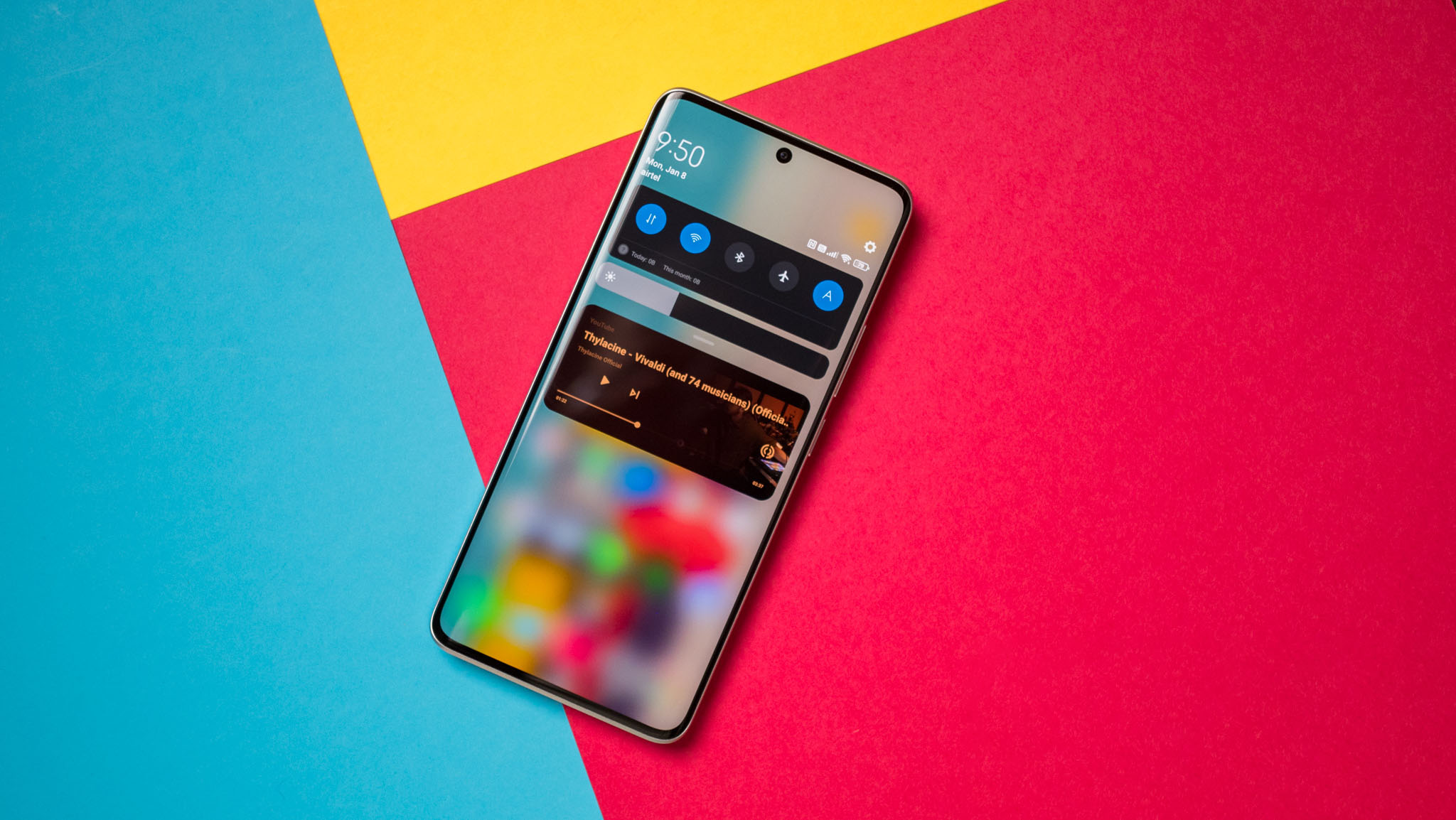
MIUI was in need of an overhaul for a few years now, and I was intrigued to see what Xiaomi would do with HyperOS. Not being able to use it here undermines Xiaomi's credibility in the series; even the brand doesn't think these devices are worthy of the upgrade. Heck, even the POCO X6 Pro is launching globally with HyperOS, and that should tell you how much Xiaomi values the Note 13 series.
Coming to software updates, Xiaomi says it will roll out three guaranteed Android OS updates to the Note 13 Pro+ — one more than last year. That's good to hear, and it means the device will make the switch to Android 15 when that becomes available. The downside is that you'll have a lengthy wait; there's no telling when the device will pick up the update.
Redmi Note 13 Pro+: The competition
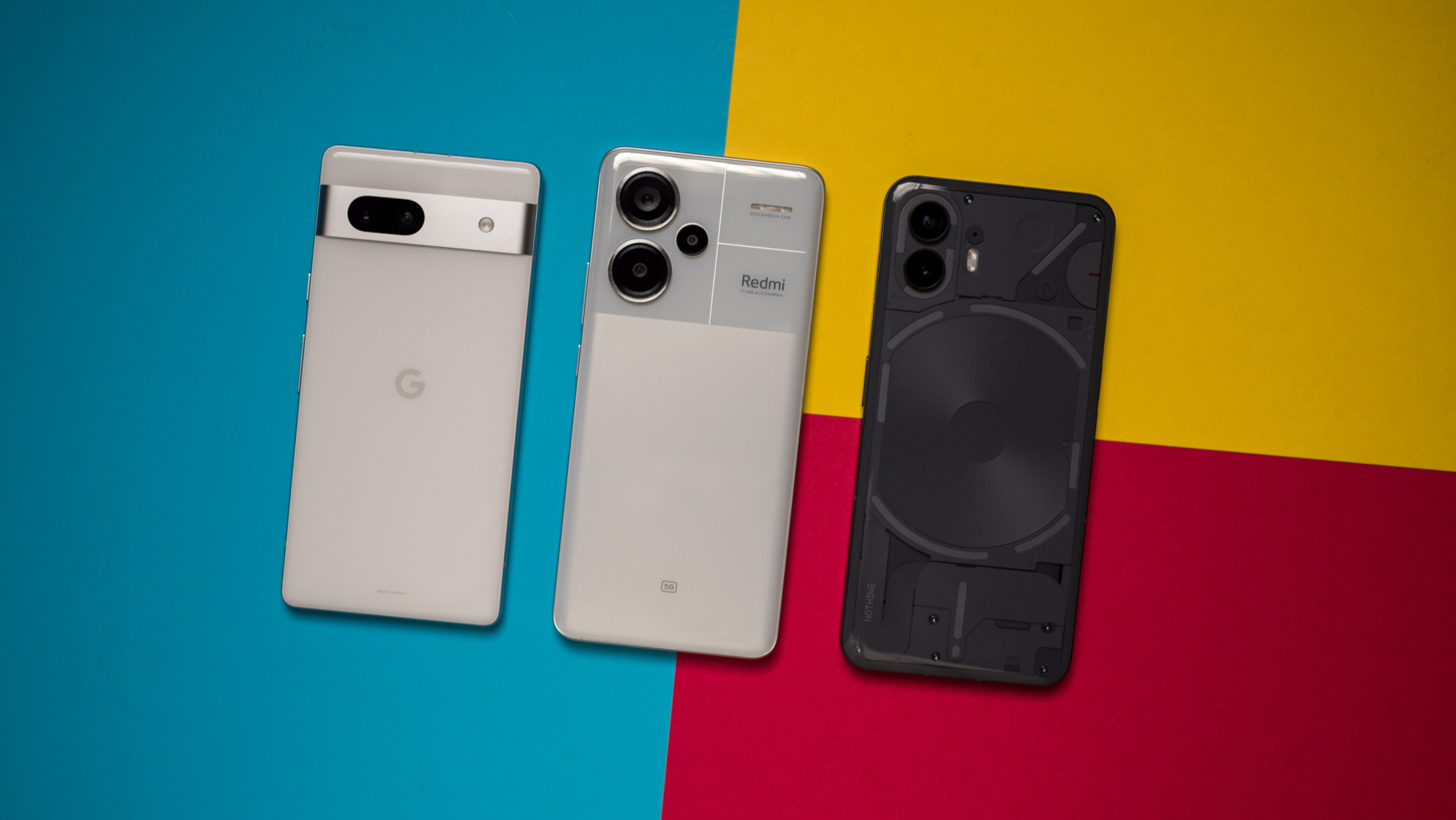
Obviously, any conversation around the mid-range segment has to involve Google's Pixel 7a. The phone continues to be my go-to recommendation in this category, and while you don't necessarily get the best hardware, it has the best software of any mid-range device, and the cameras are in a league of their own. It is smaller and lighter than the Redmi Note 13 Pro+, and you only get 128GB of storage and a 4385mAh battery with 18W charging, but all of these don't really matter when you consider the cameras on offer and the clean software.
The Nothing Phone (2) is also a great choice, and it similarly has a bloat-free software with a lot of useful extras. It also has powerful hardware, comes with great cameras, and ha a 4500mAh battery with 45W charging. The best part is the design, with the unique see-through aesthetic standing out in a sea of similar-looking devices.
Both the Pixel 7a and Phone (2) are available for ₹39,999 ($481), and that's a good chunk costlier than what you'll end up paying for Xiaomi's mid-range phone. That said, you are getting devices that are objectively better.
Redmi Note 13 Pro+: Should you buy it?
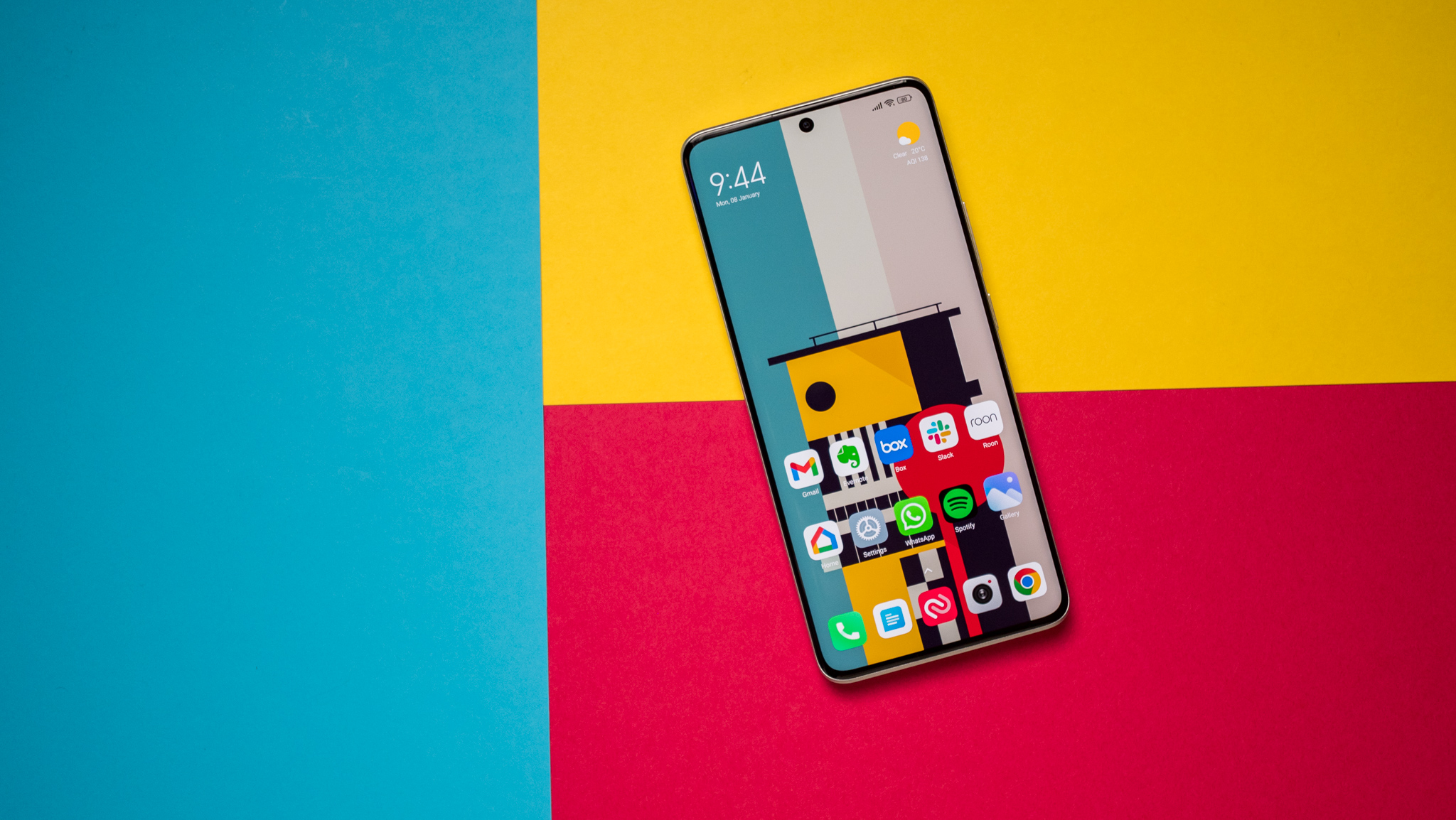
You should buy this if:
- You want a good-looking mid-range phone
- You need decent hardware
- You want a vibrant AMOLED panel
- You need IP68 ingress protection
- You want good battery life and ultra-fast charging
You shouldn't buy this if:
- You want recent software and timely updates
- You need a phone that takes good videos
- You want a phone with a good value
- You need versatile cameras
The Redmi Note 13 Pro+ has the same software foibles that plagued its predecessor; the phone is launching with MIUI, and it runs Android 13 out of the box. There's no telling when Android 14 will roll out to the device, and while Xiaomi says it will deliver the build in Q1 2024, I'm not sure it can actually make good on that promise — the Note 12 Pro+ didn't switch to Android 13 until Q2 2023.
Yes, the hardware matters quite a bit, and the Redmi Note 13 Pro+ has a lot to like in that area. The curved AMOLED panel is great to use, the device is much more powerful, and you get an in-screen sensor and IP68 ingress protection. But it's the software that dictates how long you can actually use a phone, and Xiaomi's underhanded tactics ultimately means you'll be browsing for a new phone in two years' time.
The Redmi Note 13 Pro+ isn't a bad phone as such, but it's going up against incredibly strong rivals that offer much better software and outstanding cameras. There really isn't a single trait that differentiates the device, and ultimately, that's its biggest drawback.







